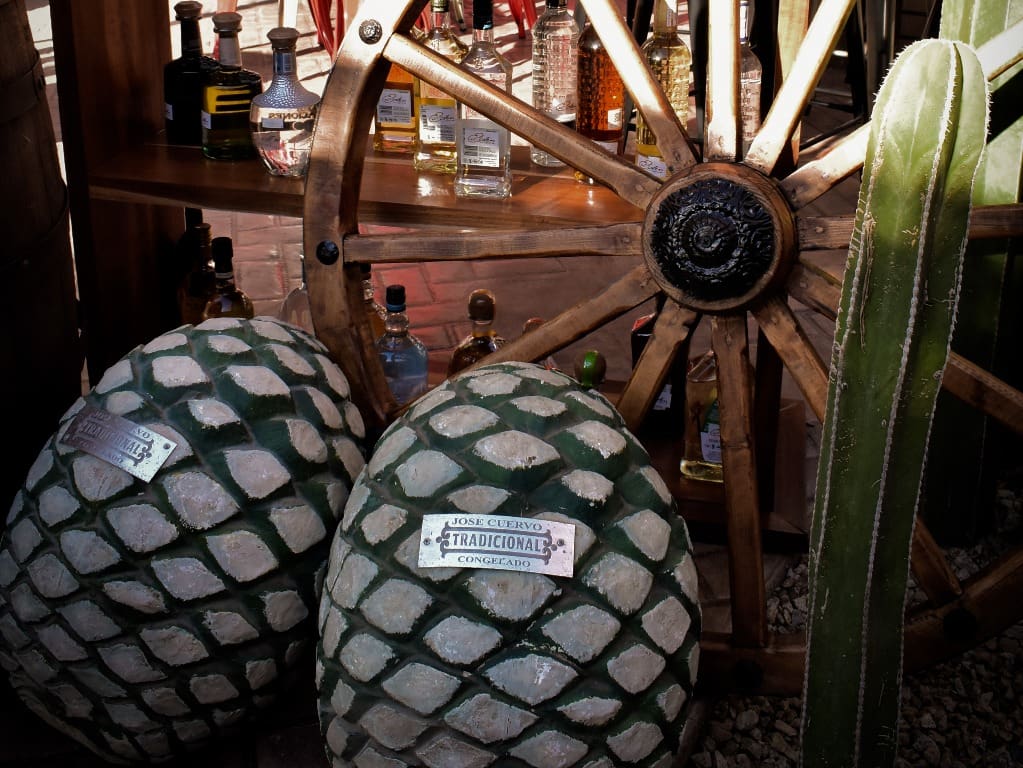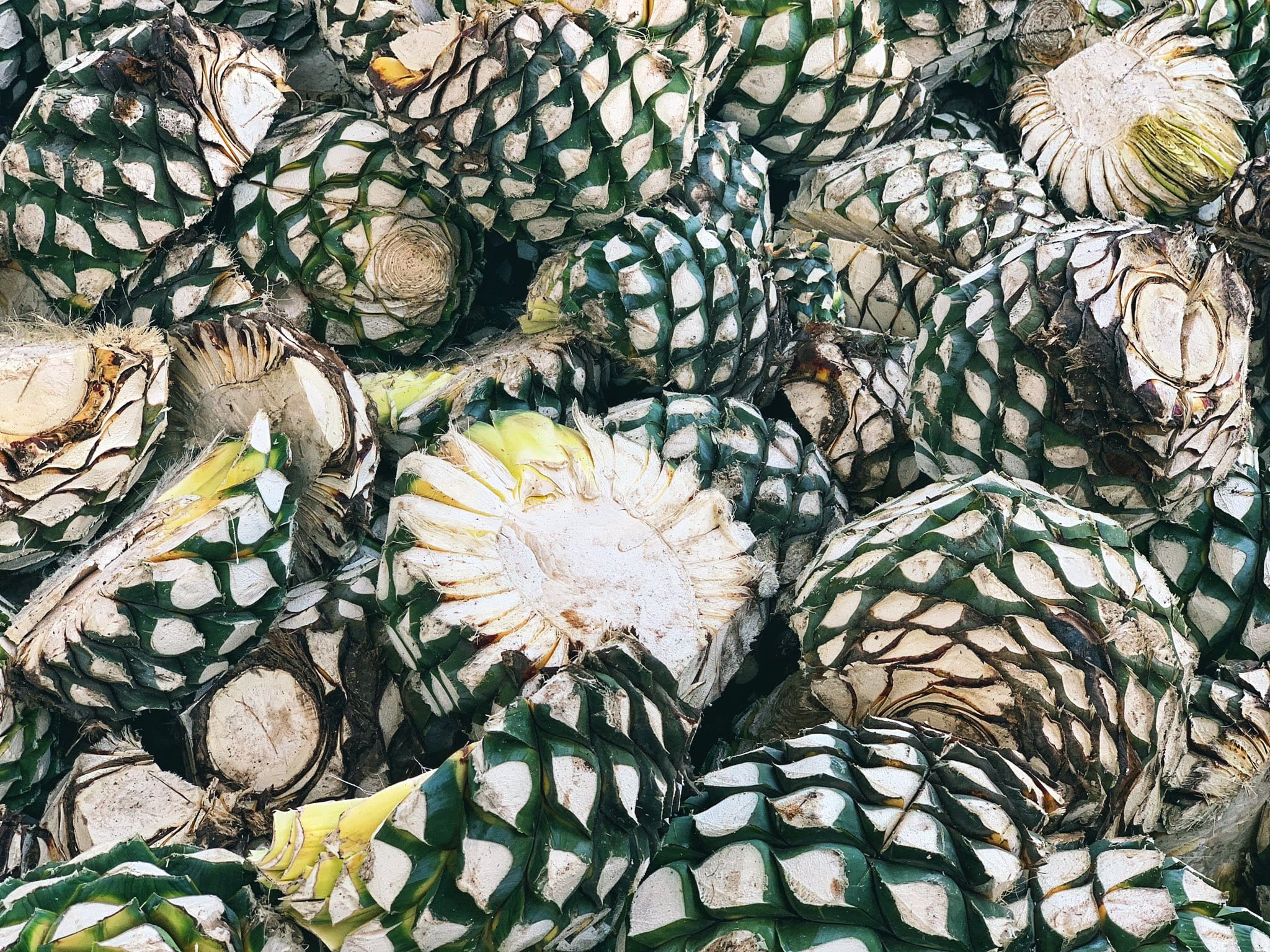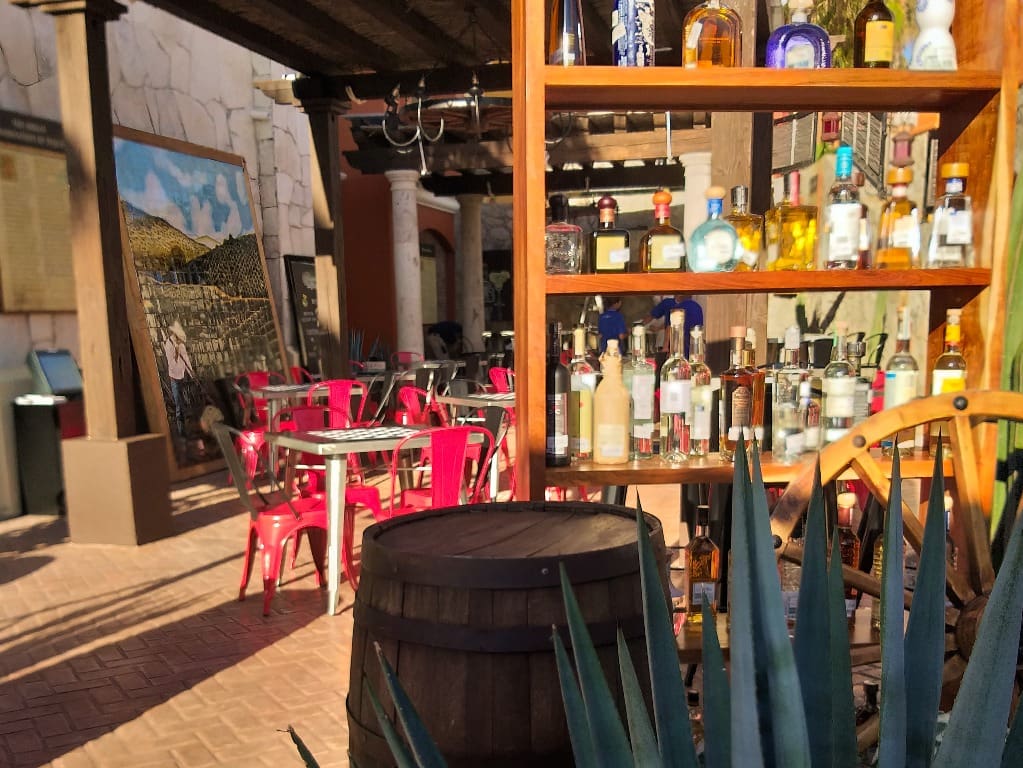Museo del Tequila puts the spotlight on famed Mexican spirits
Hacienda Encantada Resort & Residences, located in Cabo San Lucas, is inviting visitors to learn the stories behind — and taste the flavours of — Mexico’s most emblematic distilled beverage.
The resort recently opened Museo del Tequila, an outdoor tequila museum and eatery, for guests to embark on a culinary journey through tequila, mezcal, sotol and bacanora, complete with nightly tastings for guests.
Museo del Tequila offers tequilas from across the country, including Jalisco, Nayarit, Michoacán, Guanajuato, and Tamaulipas.
To find out more about all things tequila, Travel Courier caught up with sommelier Ulises Barrios Lopez.
Tell us about Museo del Tequila and the unique experiences that await travellers?

Museo del Tequila is a continuation of our dedication to giving travellers a personalized, ‘home away from home’ experience at Hacienda Encantada Resort & Residences. We are proud of our Mexican culture and gastronomy and are thrilled to bring our guests the diverse tastes of tequila in a dedicated venue led by an expert tequila sommelier. Tequila tastings are already very popular across our resorts; now, Museo del Tequila takes that further with nightly tastings, an extensive tequila selection and a menu chosen to complement the selection. Beyond tequila, we also offer tastes of some of the cousins of tequila, like sotol, bacanora and mezcal.
Can you explain the key differences between tequila, bacanora, and mezcal?

Tequila can only be made with one type of agave: Tequilana weber variedad azul (Blue Weber variety).
Likewise, bacanora can only be made with Angustifolia Haw (Espadín variety). For mezcal, over 21 varieties of agave can be used, including Tobalá, Papalometl, Salmiana, and more.
Bacanora is traditional and originated in Sonora. While Tequila originated in Jalisco, it can also be produced in Michoacán, Guanajuato, Nayarit and Tamaulipas. While mezcal originated in Oaxaca, the mezcal denomination of origin allows it to be produced in many Mexican states, including Puebla, Veracruz, Guerrero, and many more.
If you could pick just a few, what are some tequilas or mezcals that you recommend travellers try and why?

I recommend travellers try the different types of tequila: blanco, reposado, añejo, and extra añejo. They can also try tequilas from different regions, like Los Altos of Jalisco, or Arandas, for example, but above all, travellers should enjoy not just the taste of tequila, but also the range of unique aromas that such a sublime beverage can offer. In the case of mezcal, I recommend trying the different varieties and styles, for example those sourced from wild agaves like Tobalá, and trying artisanal and ancestral mezcals, to taste the differences between each one.
Can you share some interesting facts and insights about agave production?

- It is a native plant of the American continent
- The ideal climate for agave growth is on average 20°C/68°F
- Its maturation time is from eight to 14 years
- Agave has been used since pre-colonial times, especially to make pulque, a fermented drink that is still produced today
- Agave is harvested manually with a sharp instrument called a coa
- Agave itself can be grown in many parts of the world, but only Mexico can produce tequila, mezcal, bacanora, sotol and raicilla
Do you have anything else to add?

Tasting Mexico’s traditional distilled beverages like tequila, mezcal, bacanora and sotol, to name a few, is to have a taste of Mexican culture, one of the richest and most complex in the world. At Museo del Tequila, we’re ready to guide you on this journey of aromas and flavors. ¡Salud!

















